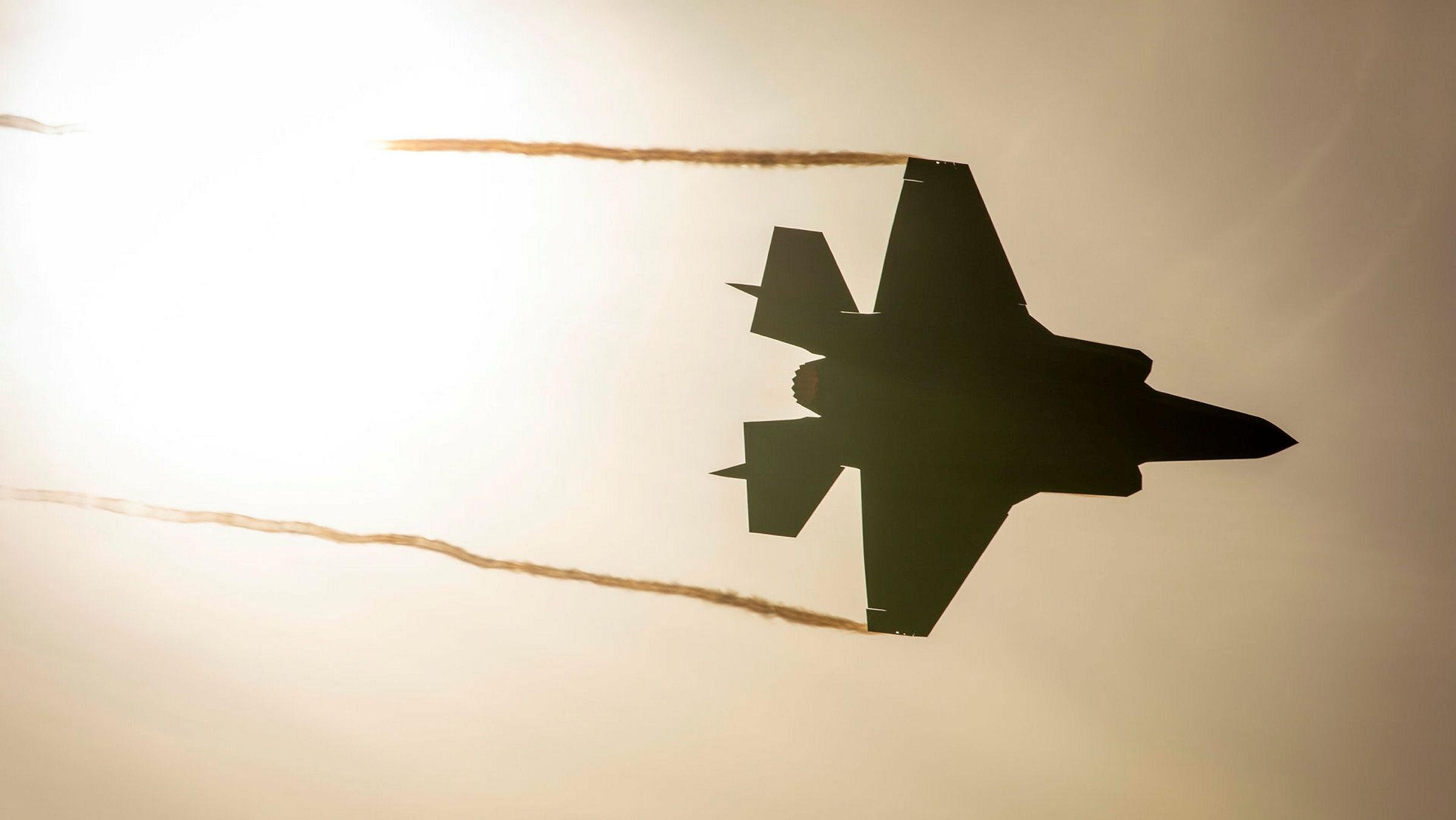
Three squadrons of Lockheed Martin F-35As will remain in RAAF service for decades, but the service is now keeping its options open for equipping a fourth squadron with new fighters in the mid-2030s.
Australia has started looking for options beyond the Lockheed Martin F-35A for its future fighter fleet, as interest in the next generation of air combat technology increasingly encroaches on funding available for existing aircraft.
- F-35s no longer guaranteed to replace F/A-18E/F fleet
- UK-led GCAP program eyeing AUKUS expansion to fighter technology
The Royal Australian Air Force (RAAF) currently operates four fighter squadrons, with three already flying F-35As and the fourth composed of Boeing F/A-18E/F Super Hornets. The last in that list had been expected to be replaced by a fourth squadron of F-35As to be ordered and delivered by the end of the decade, but that plan is no longer guaranteed.
“What the fourth squadron of F-35s has become is the Super Hornet replacement, not just [a plan to buy] the fourth squadron of F-35s,” RAAF Air Marshal Robert Chipman told Aviation Week at the Global Air and Space Chiefs’ Conference in London July 12-13.
Instead, the RAAF plans to upgrade and extend the service life of the Super Hornet squadron before replacing those aircraft in the mid-2030s. The new replacement schedule means the RAAF will have more options than only F-35As, including a new generation of uncrewed collaborative combat aircraft (CCA) and crewed fighters scheduled to be fielded in the mid-2030s by the U.S. and a UK/Italy/Japan consortium.
“We will look at the F-35, and we’re very, very comfortable and very happy with the capability of the F-35,” Chipman said. “But it would be remiss of me not to look at what else is available for us to replace our Super Hornets in the future.”
The options include the U.S. Next-Generation Air Dominance program and the Global Combat Air Program (GCAP), which in 2022 merged the UK-led BAE Systems Tempest and Japan’s Mitsubishi F-X projects into a common aircraft system. The French/German/Spanish Future Combat Air System program plans to field a crewed fighter in 2040, which is possibly beyond Australia’s ideal time frame.
Through the tripartite AUKUS security pact, Australia is already partnered with the U.S. and UK to receive nuclear-powered submarines and collaborate on certain advanced technologies, such as hypersonic propulsion, autonomy, quantum technologies, cybertools and electronic warfare.
GCAP officials also view the AUKUS pact as a potential path for sharing next-generation combat aircraft technology from the UK to Australia, Richard Berthon, the UK Defense Ministry's director of Future Combat Air, said in addressing the same conference.
“I think there’s an interesting future in which you can see combat air and GCAP developing,” Berthon said. “I think AUKUS is a fantastic foundation, obviously focused in a different domain to what we are focused on today, but the nations are considering opportunities for broadening the partnership.”
The comments show Australia remains interested in obtaining new combat air technology. The government’s Defense Strategic Review released in April put an end to speculation that the RAAF might acquire Northrop Grumman B-21 bombers. By deferring the acquisition of the fourth fighter squadron by about 12 years, the review also created an opportunity to integrate next-generation fighters alongside Virginia-class submarines and Hunter-class frigates.
In the meantime, the RAAF will raise its F-35As and F/A-18E/Fs to the same standard as those of the U.S. fleets. For the F-35A, that means the RAAF will upgrade its 72 jets to the Technology Refresh 3 standard after the hardware becomes available for retrofit kits, Chipman said. The RAAF also plans to upgrade the 24 Super Hornets to the Block III configuration, which includes a 10,000-hr. airframe, widescreen cockpit displays, tactical targeting network technology and a distributed targeting processor network.
“We’re looking at the Super Hornet capability now, thinking that actually there’s a lot of value in keeping that out to sort of midway through the next decade,” Chipman said.
Australia’s future air power also includes autonomous aircraft. The RAAF has signed an agreement with the U.S. Air Force to demonstrate a CCA capability based on the Boeing MQ-28 Ghost Bat in the mid-2020s.
“That will be with a representative aircraft with representative payloads and doing representative missions. And that will be a small set of what we think in time will be the total capabilities of the MQ-28,” Chipman said.





